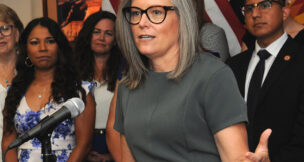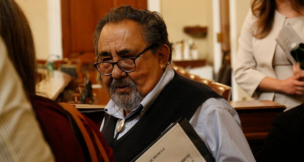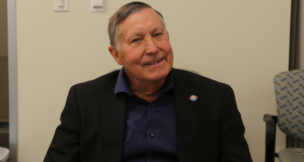Some Arizona voters find ‘convenience voting’ adds to their confusion
Hank Stephenson//December 17, 2012//[read_meter]
Some Arizona voters find ‘convenience voting’ adds to their confusion
Hank Stephenson//December 17, 2012//[read_meter]
When Jim Giles went to his Biltmore area polling place on Nov. 6, as he has done every election year for the past three decades, he got an unwelcome surprise....

















